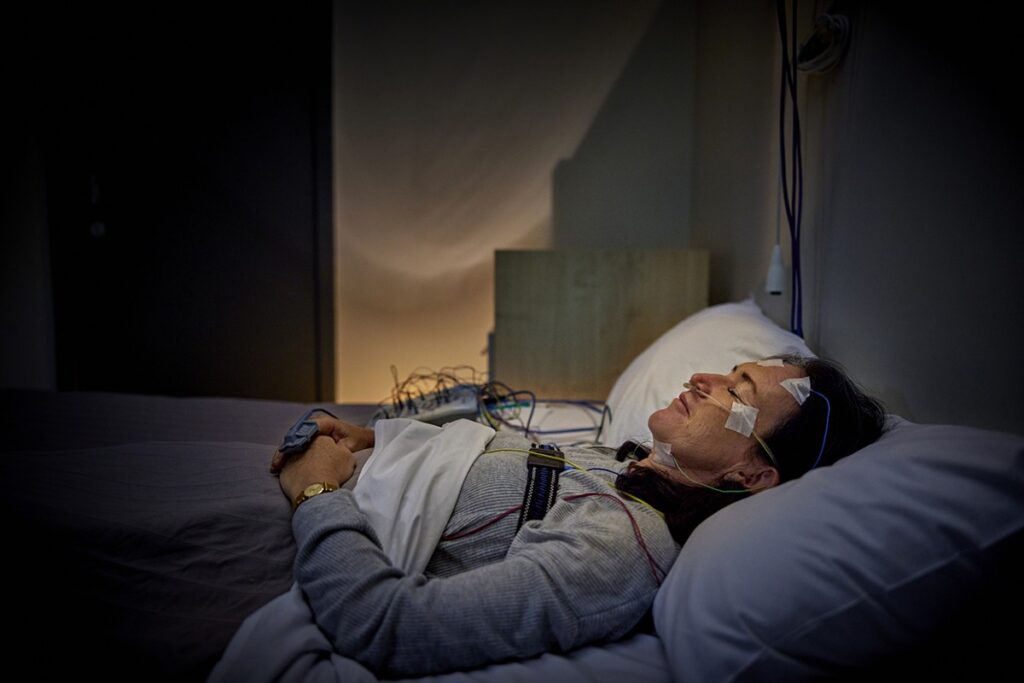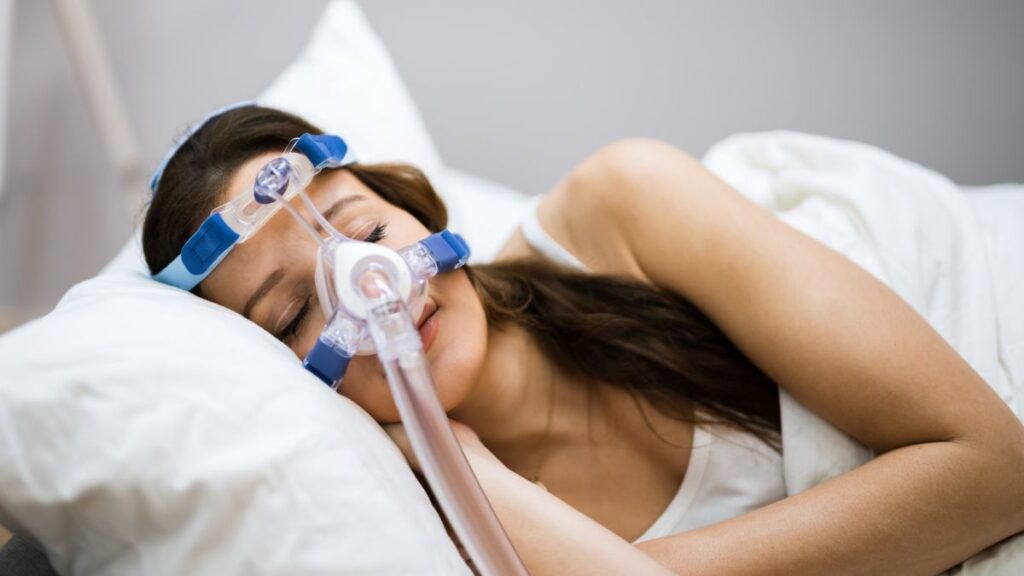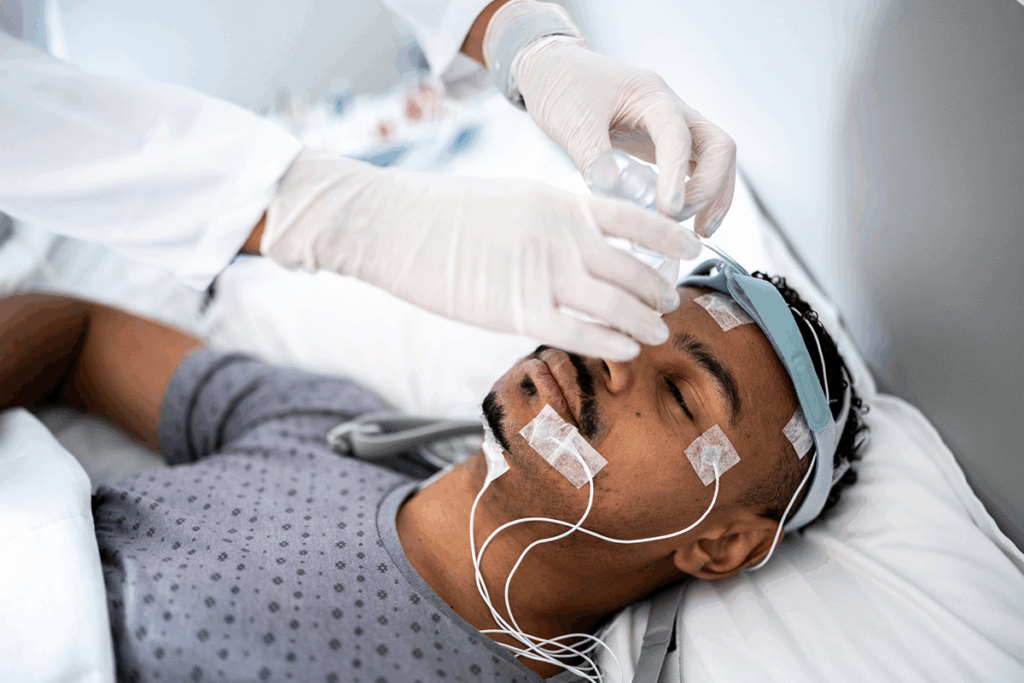In recent years, the importance of sleep has gained significant attention in the realm of health and wellness. As more Australians grapple with sleep-related issues, the demand for effective solutions has surged. One such solution that has emerged is the home sleep test (HST). This innovative approach offers a convenient and efficient way to assess sleep disorders from the comfort of one’s own home. This article explores the various benefits of home sleep tests in Australia and how they can lead to better sleep quality.
Understanding Home Sleep Tests
A home sleep test is a diagnostic tool used to evaluate sleep patterns and identify potential sleep disorders, such as obstructive sleep apnoea (OSA). Unlike traditional sleep studies conducted in a clinical setting, HSTs allow individuals to monitor their sleep in a familiar environment, making the process less intimidating and more convenient. This approach not only alleviates the anxiety that some may feel in a hospital or sleep clinic but also provides a more accurate representation of a person’s typical sleep behaviour, as they are in their own surroundings.
As the understanding of sleep and its impact on overall health continues to evolve, embracing innovative solutions like home sleep test Australia will play a crucial role in fostering a healthier, more rested population. For those experiencing sleep difficulties, exploring the option of a home sleep test may be the first step towards achieving better sleep and, ultimately, a better quality of life.

What to Expect from a Home Sleep Test
During a home sleep test, patients are typically provided with a portable monitoring device that tracks various physiological parameters, including breathing patterns, heart rate, and blood oxygen levels. The device is easy to use and usually involves minimal setup. Patients are instructed to wear the device while they sleep, and the data collected is later analysed by a qualified sleep specialist. The simplicity of the device means that most individuals can comfortably manage it without extensive training, allowing for a more natural sleep experience. Additionally, some modern devices may even offer smartphone connectivity, enabling users to view their sleep data in real-time and gain insights into their sleep quality.
Who Should Consider a Home Sleep Test?
Individuals experiencing symptoms such as loud snoring, excessive daytime sleepiness, or difficulty concentrating may benefit from a home sleep test. It is particularly useful for those who suspect they may have sleep apnoea or other sleep-related disorders. Consulting with a healthcare professional can help determine if an HST is the right choice. Furthermore, those with underlying health conditions, such as obesity or hypertension, may find that a home sleep test is a crucial step in managing their overall health. By identifying sleep disorders early, individuals can take proactive measures to improve their sleep hygiene and overall well-being, potentially reducing the risk of more serious health complications down the line.
Read more at: Sleep Test Australia Finding the Right Clinic Near You
The Advantages of Home Sleep Testing
Home sleep tests offer numerous advantages over traditional sleep studies, making them an appealing option for many Australians. The following sections delve into the key benefits of opting for an HST.
Convenience and Comfort
One of the most significant benefits of home sleep testing is the convenience it offers. Patients can conduct the test in their own beds, surrounded by familiar surroundings, which can lead to more accurate results. The comfort of home can reduce anxiety and help individuals sleep more naturally, providing a clearer picture of their sleep patterns. Furthermore, the ability to maintain one’s usual bedtime routine can enhance the quality of the data collected, as the test is less likely to disrupt the individual’s normal sleep habits. This aspect is particularly beneficial for those who may struggle with sleep disorders, as it allows for a more genuine representation of their nightly rest.
Cost-Effectiveness
Home sleep tests are often more affordable than in-lab sleep studies. The reduced overhead costs associated with conducting tests at home can translate into lower prices for patients. This affordability makes it easier for individuals to seek help for their sleep issues without the financial burden that often accompanies traditional testing methods. Additionally, many health insurance plans are beginning to recognise the value of HSTs, which can further alleviate the financial strain on patients. This shift towards more accessible testing options is crucial in a country where sleep disorders are prevalent, as it encourages more individuals to seek diagnosis and treatment.
Faster Results
Another advantage of home sleep testing is the speed at which results can be obtained. Once the test is completed, the data can be analysed more quickly than in a clinical setting, where multiple patients may be undergoing testing simultaneously. This means that patients can receive their results sooner, allowing for timely intervention and treatment. The rapid turnaround time not only aids in alleviating the stress associated with waiting for results but also enables healthcare providers to initiate treatment plans without unnecessary delays. In a world where sleep plays a critical role in overall health, such promptness can significantly impact an individual’s quality of life.

Increased Accessibility
Home sleep tests also enhance accessibility for individuals who may face barriers in accessing traditional sleep studies. For those living in remote or rural areas, travelling to a sleep clinic can be a daunting task, often requiring long journeys and time away from work or family. Home sleep testing eliminates this hurdle, allowing patients to complete the test in their own environment without the need for extensive travel. Moreover, for those with mobility issues or chronic illnesses, the ability to conduct the test in the comfort of their home can be a game-changer, ensuring that more people can receive the care they need without added stress or inconvenience. Read more about environment on https://www.snhu.edu/about-us/newsroom/health/what-is-quality-improvement-in-healthcare
Comprehensive Data Collection
In addition to the aforementioned benefits, home sleep tests are designed to collect a comprehensive range of data that can provide valuable insights into an individual’s sleep health. These tests typically monitor various parameters, such as oxygen saturation levels, heart rate, and respiratory patterns, which can help identify specific sleep disorders, including obstructive sleep apnoea. The ability to gather such detailed information in a non-invasive manner allows healthcare providers to tailor treatment plans more effectively, ensuring that patients receive the most appropriate care for their unique circumstances. This level of personalised attention can lead to better outcomes and a more satisfactory experience for those seeking help with their sleep issues.
Improved Accessibility to Sleep Health Services
Access to sleep health services can be a challenge for many Australians, particularly those living in rural or remote areas. Home sleep tests help bridge this gap by providing a viable option for individuals who may not have easy access to specialised sleep clinics.
Reaching Underserved Populations
For individuals in regional areas, travelling long distances to a sleep clinic can be both time-consuming and costly. Home sleep tests eliminate the need for travel, making it easier for underserved populations to receive the care they need. This increased accessibility can lead to better overall health outcomes and a greater awareness of sleep disorders.
Encouraging Proactive Health Management
By making sleep testing more accessible, home sleep tests encourage individuals to take a proactive approach to their health. Increased awareness of sleep disorders can prompt people to seek help earlier, potentially preventing more serious health issues down the line. This proactive approach can contribute to a healthier population overall.
Enhancing Treatment Options
Once a sleep disorder has been diagnosed through a home sleep test, patients can explore various treatment options tailored to their specific needs. Understanding the nature of their sleep issues allows for more targeted interventions, ultimately leading to improved sleep quality.
Personalised Treatment Plans
With accurate data from a home sleep test, healthcare providers can develop personalised treatment plans that address the unique needs of each patient. This may include lifestyle changes, the use of continuous positive airway pressure (CPAP) machines, or other therapies designed to improve sleep quality. Personalised care is often more effective than generic treatment approaches, as it takes into account individual circumstances and preferences.
Monitoring Progress Over Time
Home sleep tests can also be used to monitor progress over time. After implementing a treatment plan, patients may undergo follow-up tests to assess improvements in their sleep patterns. This ongoing monitoring can help healthcare providers make necessary adjustments to treatment, ensuring optimal outcomes for patients.
Addressing Common Misconceptions
Despite the numerous benefits of home sleep tests, several misconceptions can deter individuals from considering this option. Understanding the facts can help alleviate concerns and encourage more people to seek testing.
Myth: Home Sleep Tests Are Inaccurate
One common myth is that home sleep tests are less accurate than in-lab studies. While it is true that in-lab tests provide a more comprehensive assessment of sleep, home sleep tests have been shown to be effective for diagnosing certain conditions, particularly obstructive sleep apnoea. Studies indicate that HSTs can yield results comparable to those of traditional sleep studies, making them a reliable option for many patients. To learn more about diagnosing click here.
Myth: Home Sleep Tests Are Only for Severe Cases
Another misconception is that home sleep tests are only appropriate for individuals with severe sleep disorders. In reality, HSTs can be beneficial for anyone experiencing sleep-related issues, regardless of the severity. Early detection and intervention are crucial for preventing complications, and home sleep tests provide a valuable tool for identifying problems at any stage.
Conclusion: A Step Towards Better Sleep
Home sleep tests represent a significant advancement in the field of sleep medicine, offering numerous benefits for individuals seeking to improve their sleep quality. From convenience and cost-effectiveness to enhanced accessibility and personalised treatment options, HSTs provide a practical solution for many Australians. By dispelling common misconceptions and promoting awareness of sleep disorders, home sleep tests can empower individuals to take control of their sleep health.


